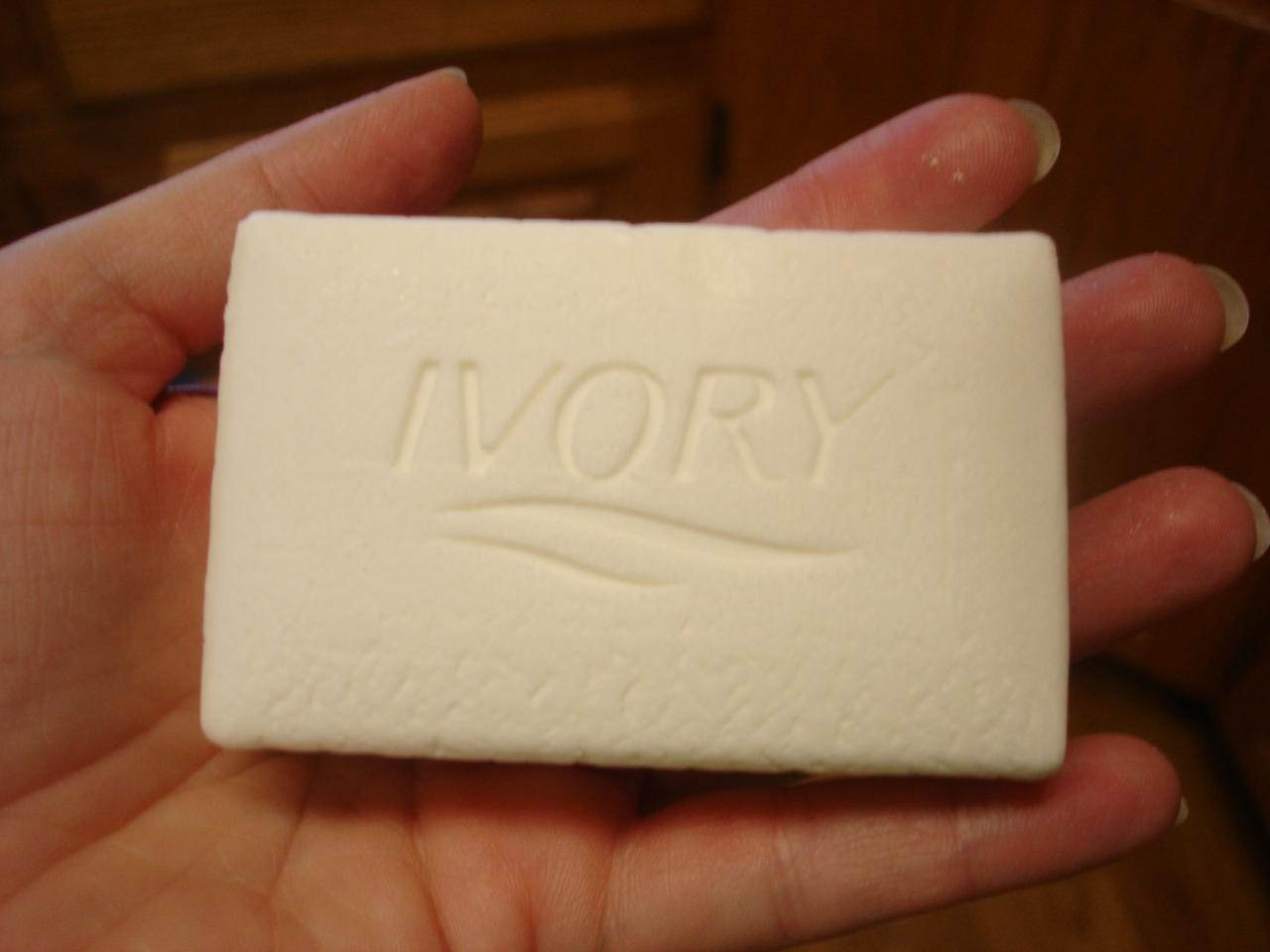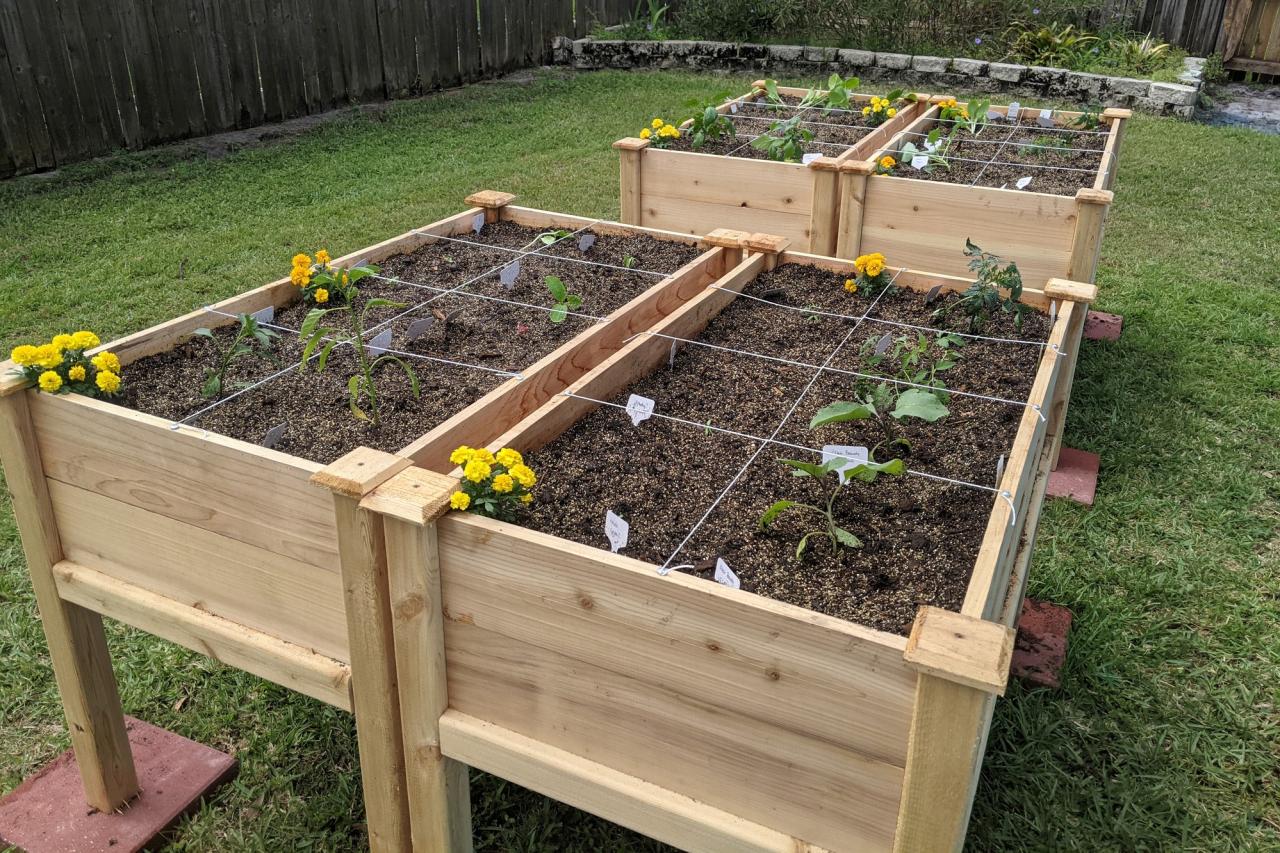Homemade plant food offers a sustainable and cost-effective way to nurture your garden, providing essential nutrients while minimizing environmental impact. This approach allows you to create personalized blends tailored to specific plant needs, utilizing readily available ingredients that you may already have in your kitchen.
From simple recipes using kitchen scraps like eggshells and banana peels to more advanced techniques involving fermentation and compost tea, the world of homemade plant food is diverse and rewarding. By understanding the basics of plant nutrition and the benefits of natural ingredients, you can cultivate a thriving garden with homemade solutions.
Introduction to Homemade Plant Food
Homemade plant food is a nutrient-rich solution created using readily available ingredients from your kitchen or garden. It provides essential nutrients to plants, promoting healthy growth and vibrant blooms.
Many people choose homemade plant food over commercial options due to its affordability, eco-friendliness, and control over ingredients. Homemade plant food allows gardeners to customize the nutrient composition based on the specific needs of their plants.
Common Ingredients in Homemade Plant Food
Homemade plant food recipes often utilize readily available ingredients that are rich in essential nutrients for plant growth.
- Compost: Decomposed organic matter, rich in nitrogen, phosphorus, and potassium.
- Eggshells: A good source of calcium, which strengthens plant cell walls.
- Banana peels: Contain potassium, phosphorus, and magnesium, promoting healthy growth and fruit production.
- Coffee grounds: Provide nitrogen and improve soil aeration.
- Epsom salts: A source of magnesium, which helps with chlorophyll production and plant growth.
Basic Homemade Plant Food Recipes
Creating your own plant food can be a rewarding and cost-effective way to nourish your garden. It allows you to tailor the nutrients to your specific plant needs and avoid harsh chemicals.
Simple Homemade Plant Food Recipe
A basic homemade plant food can be made using readily available ingredients. This recipe provides a good balance of essential nutrients for most plants.
Ingredients:
- 1 cup water
- 1 tablespoon Epsom salts (magnesium sulfate)
- 1 tablespoon bone meal (phosphorus)
- 1 tablespoon compost tea (nitrogen)
Instructions:
1. Combine all ingredients in a large container.
2. Stir until the ingredients are dissolved.
3. Allow the mixture to sit for 24 hours before using.
Explanation of Ingredients:
- Water: The base for the solution, allowing nutrients to dissolve and be absorbed by plants.
- Epsom salts: A source of magnesium, crucial for chlorophyll production and photosynthesis.
- Bone meal: Provides phosphorus, essential for root growth and flower development.
- Compost tea: A rich source of nitrogen, vital for healthy leaf growth and overall plant vigor.
Adjusting Ratios for Different Plant Types
While this basic recipe provides a good starting point, you may need to adjust the ratios depending on the specific needs of your plants.
- Nitrogen-loving plants: Plants like leafy greens, tomatoes, and peppers require more nitrogen for lush foliage. Increase the amount of compost tea or add additional sources of nitrogen, such as fish emulsion.
- Phosphorus-hungry plants: Plants like flowering plants, fruits, and vegetables need more phosphorus for bloom production and fruit development. Increase the amount of bone meal or add other phosphorus-rich ingredients, such as bat guano.
- Magnesium-demanding plants: Plants like citrus trees and roses benefit from additional magnesium. Increase the amount of Epsom salts or add other magnesium-rich sources, such as dolomite lime.
Homemade Plant Food for Specific Needs
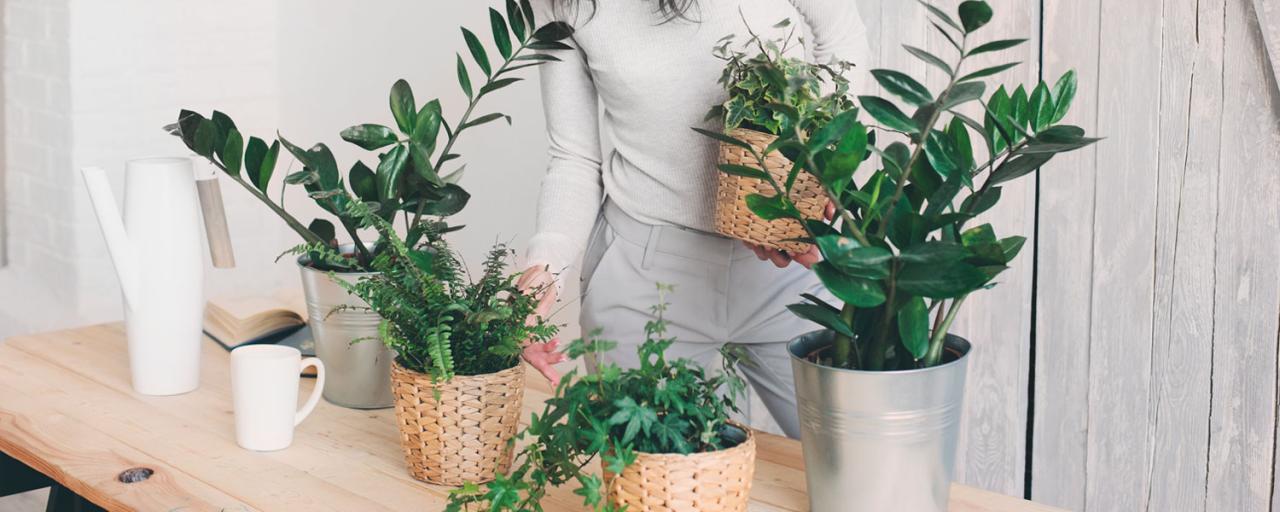
You’ve learned the basics of making your own plant food, but what about tailoring it to specific plants? Different plants have different nutritional needs, so it’s essential to adjust your recipe accordingly. This section will guide you on creating homemade plant food for flowering plants, vegetables, and herbs.
Flowering Plants
Flowering plants, known for their vibrant blooms, require a higher concentration of phosphorus than other plants. Phosphorus is crucial for root development, flower bud formation, and overall plant vigor.
Flowering plants need more phosphorus than other plants for root development, flower bud formation, and overall plant vigor.
Here’s a simple recipe for homemade plant food for flowering plants:
* Ingredients:
* 1 cup water
* 1 tablespoon Epsom salts (magnesium sulfate)
* 1 tablespoon bone meal (phosphorus source)
* 1 tablespoon compost tea (optional)
* Instructions:
* Mix all ingredients in a container and shake well.
* Water your plants with the solution once a week.
Vegetables
Vegetables require a balanced diet of macronutrients, including nitrogen, phosphorus, and potassium, to thrive. Nitrogen is essential for healthy leaf growth, phosphorus for root development and flowering, and potassium for overall plant health and disease resistance.
Vegetables need a balanced diet of nitrogen, phosphorus, and potassium.
Here’s a recipe for homemade plant food for vegetables:
* Ingredients:
* 1 cup water
* 1 tablespoon fish emulsion (nitrogen source)
* 1 tablespoon bone meal (phosphorus source)
* 1 tablespoon wood ash (potassium source)
* 1 tablespoon compost tea (optional)
* Instructions:
* Mix all ingredients in a container and shake well.
* Water your vegetables with the solution every two weeks.
Herbs
Herbs, known for their aromatic leaves, need a slightly different nutrient mix than other plants. While they require a balanced diet, they benefit from extra nitrogen for lush foliage and potassium for overall plant health.
Herbs need a balanced diet with extra nitrogen for lush foliage and potassium for overall plant health.
Here’s a recipe for homemade plant food for herbs:
* Ingredients:
* 1 cup water
* 1 tablespoon fish emulsion (nitrogen source)
* 1 tablespoon compost tea (optional)
* 1 tablespoon wood ash (potassium source)
* Instructions:
* Mix all ingredients in a container and shake well.
* Water your herbs with the solution every two weeks.
DIY Plant Food Solutions
Beyond commercially available options, your kitchen and backyard offer a wealth of resources for nurturing your plants. This section explores how to harness the power of everyday ingredients to create homemade plant food solutions.
Household Ingredients for Plant Growth
Using common household items as plant food is an eco-friendly and cost-effective way to nourish your plants. Here’s a table highlighting the benefits, usage, and precautions of various ingredients:
| Ingredient | Benefits | Usage | Precautions |
|---|---|---|---|
| Coffee Grounds | Rich in nitrogen, which promotes leafy growth. Slightly acidic, beneficial for acid-loving plants like blueberries and azaleas. | Mix into soil, use as mulch, or brew a weak coffee solution for watering. | Avoid overusing, as it can make soil too acidic. |
| Eggshells | Excellent source of calcium, which strengthens cell walls and prevents blossom end rot. | Crush and mix into soil, or use as a top dressing. | Ensure eggshells are thoroughly dried before using. |
| Banana Peels | Contain potassium, phosphorus, and magnesium, essential for healthy growth and flowering. | Chop and bury in soil, or steep in water for a few days to create a liquid fertilizer. | Use sparingly, as excessive banana peel application can attract pests. |
| Compost | A natural, nutrient-rich blend of decomposed organic matter. | Mix into soil, use as mulch, or create a compost tea for watering. | Ensure compost is fully decomposed before using to avoid attracting pests. |
Tips for Using Common Household Items
Coffee Grounds
– Use coffee grounds as a mulch around plants to suppress weeds and improve soil moisture retention.
– Brew a weak coffee solution by steeping coffee grounds in water for a few hours and then watering your plants with the diluted solution.
– Avoid using coffee grounds directly on plants, as they can be too acidic and burn the roots.
Eggshells
– Crush eggshells into fine pieces and mix them into your potting soil or garden beds to increase calcium levels.
– Use eggshells as a top dressing to deter slugs and snails.
– Don’t over-apply eggshells, as excessive calcium can hinder the absorption of other nutrients.
Banana Peels
– Chop banana peels into small pieces and bury them in the soil around your plants.
– Steep banana peels in water for a few days to create a liquid fertilizer.
– Use banana peels sparingly to avoid attracting pests.
Benefits of Homemade Plant Food
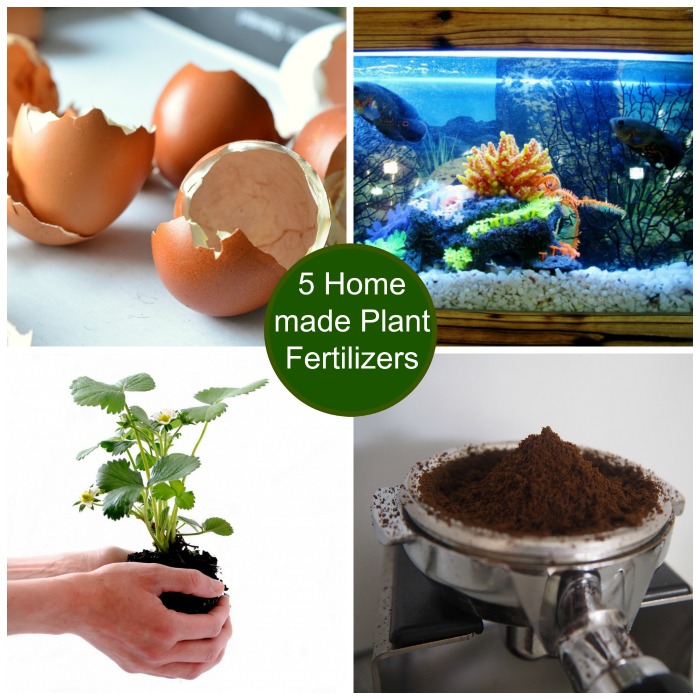
Homemade plant food offers a range of advantages for both your plants and the environment. By opting for natural ingredients, you can create a sustainable and cost-effective solution for nurturing your garden.
Environmental Benefits
Homemade plant food contributes to a greener lifestyle by minimizing the environmental impact associated with commercial fertilizers.
- Reduced Chemical Runoff: Commercial fertilizers often contain synthetic chemicals that can leach into waterways, contaminating water sources and harming aquatic life. Homemade plant food, made from natural ingredients, avoids this issue, promoting a healthier ecosystem.
- Sustainable Resource Use: Homemade plant food utilizes readily available ingredients, such as kitchen scraps and compost, reducing the need for commercially produced fertilizers. This practice promotes a circular economy by minimizing waste and maximizing resource utilization.
- Reduced Carbon Footprint: The production and transportation of commercial fertilizers contribute to greenhouse gas emissions. By making your own plant food, you can significantly reduce your carbon footprint and support a more sustainable approach to gardening.
Cost-Effectiveness
Homemade plant food offers a budget-friendly alternative to commercial fertilizers.
- Ingredient Availability: Most ingredients for homemade plant food are readily available in your kitchen or backyard, minimizing the need for costly purchases.
- Reduced Fertilizer Costs: By making your own plant food, you can significantly reduce your spending on commercial fertilizers, saving you money in the long run.
- Long-Term Savings: The cost savings associated with homemade plant food can add up over time, allowing you to allocate your budget towards other gardening needs.
Impact on Plant Health and Growth
Homemade plant food provides essential nutrients to your plants, promoting healthy growth and vibrant blooms.
- Nutrient Availability: Homemade plant food often contains a wider range of nutrients than commercial fertilizers, providing a more comprehensive approach to plant nutrition.
- Improved Soil Health: The use of organic ingredients in homemade plant food improves soil structure and fertility, creating a healthier environment for plant roots.
- Enhanced Growth and Yield: By providing essential nutrients and improving soil health, homemade plant food can lead to increased plant growth, larger yields, and more vibrant flowers.
Tips for Successful Homemade Plant Food Use
Making and using homemade plant food can be rewarding, but success requires a little know-how. This section provides practical tips for applying homemade plant food to plants, understanding frequency and dosage, and observing plant reactions to optimize results.
Applying Homemade Plant Food to Plants
Applying homemade plant food is a straightforward process. Follow these steps for best results:
- Prepare the mixture: Ensure the plant food is thoroughly mixed and diluted according to the recipe. Overly concentrated solutions can harm plants.
- Water the plants: Water the plants thoroughly before applying the plant food. This helps prevent nutrient burn and allows the solution to penetrate the soil.
- Apply the solution: Pour the plant food solution around the base of the plants, avoiding direct contact with the stems and leaves. Avoid over-watering.
- Water again: After applying the plant food, water the plants again with plain water to help the nutrients reach the roots.
- Monitor and adjust: Observe the plants for any signs of over-fertilization, such as leaf burn or stunted growth. Adjust the frequency and dosage accordingly.
Frequency and Dosage for Different Plant Types
The frequency and dosage of homemade plant food vary depending on the plant type, its growth stage, and the specific recipe used.
- Fast-growing plants: Fast-growing plants, such as tomatoes, cucumbers, and leafy greens, generally require more frequent fertilization than slow-growing plants. They benefit from a weekly application during their active growth phase.
- Slow-growing plants: Slow-growing plants, such as cacti, succulents, and orchids, have lower nutrient requirements and can be fertilized less frequently. Monthly or even bi-monthly applications are usually sufficient.
- Flowering plants: Flowering plants benefit from a higher phosphorus content to promote blooms. You can increase the phosphorus content in your homemade plant food by using ingredients like bone meal or egg shells.
- Vegetable plants: Vegetable plants require a balanced blend of nutrients for optimal growth. Homemade plant food recipes often include ingredients like compost, coffee grounds, and banana peels, which provide a good balance of nitrogen, phosphorus, and potassium.
Observing Plant Reactions and Adjusting Application Methods
It is essential to monitor plant reactions to homemade plant food. Over-fertilization can be as harmful as under-fertilization.
Signs of over-fertilization include: leaf burn, stunted growth, wilting, and yellowing of leaves.
Signs of under-fertilization include: slow growth, pale leaves, and poor flowering.
If you observe any of these signs, adjust the frequency or dosage of your homemade plant food accordingly. You can also try switching to a different recipe or using a weaker solution.
Common Mistakes and Solutions
While homemade plant food can be a fantastic way to nourish your plants, there are some common mistakes that can hinder their growth or even damage them. Understanding these pitfalls and implementing solutions can help you achieve optimal results.
Incorrectly Measuring Ingredients
The balance of nutrients is crucial for plant health. Incorrectly measuring ingredients can lead to nutrient deficiencies or excesses, negatively impacting growth.
- Too much nitrogen: This can lead to lush foliage but weak stems and poor flowering.
- Too much phosphorus: This can hinder root development and lead to stunted growth.
- Too much potassium: This can cause yellowing of leaves and hinder overall growth.
Solution: Use accurate measuring tools like kitchen scales and measuring cups. Follow recipes precisely and adjust based on plant needs.
Homemade plant food is a great way to give your plants the nutrients they need without using harsh chemicals. You can use simple ingredients like banana peels, eggshells, or coffee grounds to create a nutrient-rich solution. If you’re looking for ways to add a touch of personality to your home, check out these creative ideas for diy boho decor.
After you’ve finished decorating, you can use your homemade plant food to keep your indoor plants thriving.
Overwatering
While essential for plant growth, overwatering is a common issue with homemade plant food, particularly if the recipe contains ingredients that attract moisture.
- Excessive moisture: This can suffocate roots and create an environment conducive to fungal diseases.
- Root rot: This is a common problem that can lead to plant death.
Solution: Always check the soil moisture before watering. Allow the soil to dry out slightly between waterings, and avoid overwatering. Choose recipes that are less prone to attracting moisture.
Using the Wrong Ingredients
Some ingredients, while seemingly harmless, can be detrimental to plants.
- Too much salt: This can damage roots and lead to wilting.
- Certain fruits: Some fruits, like citrus, are acidic and can alter soil pH, potentially harming plants.
Solution: Research the ingredients before using them. Choose recipes that use ingredients known to be beneficial for plants.
Ignoring Plant-Specific Needs
Not all plants have the same nutritional requirements.
- Nitrogen-hungry plants: Plants like leafy greens and vegetables need a higher nitrogen content for vigorous growth.
- Flowering plants: These plants require more phosphorus and potassium to support blooming.
Solution: Adjust your homemade plant food recipes based on the specific needs of your plants.
Applying Too Much
Overfeeding can be as harmful as underfeeding.
- Nutrient burn: This occurs when plants absorb too many nutrients, causing leaf tips to brown and wither.
- Salt buildup: Excessive application of homemade plant food can lead to a buildup of salts in the soil, hindering root development.
Solution: Follow the recommended application rates for your chosen recipe. Start with a diluted solution and gradually increase the concentration as needed.
Alternative Homemade Plant Food Options
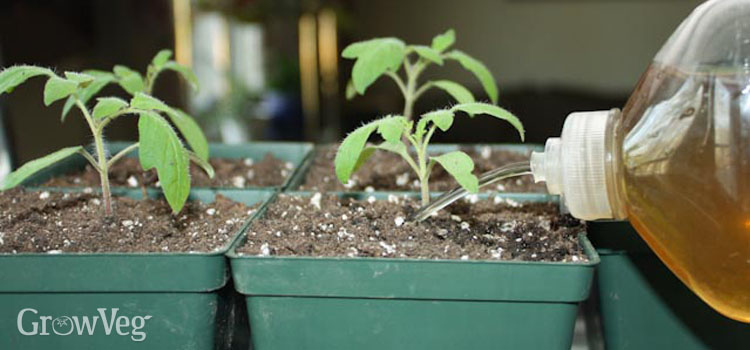
Beyond basic recipes, there are advanced techniques for creating homemade plant food that leverage natural processes for enhanced nutrient delivery and microbial activity. This section explores these options, including fermented plant food, compost tea, and homemade extracts.
Fermented Plant Food
Fermentation involves the breakdown of organic matter by beneficial microorganisms, resulting in a nutrient-rich liquid that can be applied to plants.
- Fermented plant food is a potent source of readily available nutrients, including nitrogen, phosphorus, and potassium, along with essential micronutrients and beneficial bacteria.
- Fermentation enhances the bioavailability of nutrients, making them easier for plants to absorb.
- The process breaks down complex organic molecules into simpler forms, improving nutrient uptake efficiency.
Here’s a simple recipe for a fermented plant food:
1. Combine equal parts water and organic materials such as fruit scraps, vegetable peels, and coffee grounds in a container.
2. Add a small amount of molasses or brown sugar to encourage microbial activity.
3. Cover the container with a breathable cloth and allow it to ferment in a warm place for 2-4 weeks.
4. Strain the fermented liquid and dilute it with water before applying to plants.
Fermented plant food can be applied directly to soil or used as a foliar spray.
Compost Tea as a Plant Food, Homemade plant food
Compost tea is a liquid extract of compost that is rich in beneficial microbes and nutrients.
- Compost tea provides a boost of beneficial microorganisms to the soil, improving soil health and plant growth.
- The tea contains readily available nutrients that are easily absorbed by plants.
- Compost tea can help suppress plant diseases and pests.
Here’s how to make compost tea:
1. Fill a container with water and add a small amount of compost.
2. Aerate the water for 24-48 hours using an air pump.
3. Strain the tea and apply it to plants.
Compost tea can be applied to the soil or used as a foliar spray.
Homemade Plant Food Extracts
Extracts are concentrated solutions of plant materials that contain nutrients and beneficial compounds.
- Homemade plant food extracts can be made from a variety of plant materials, including seaweed, alfalfa, and fish bones.
- Extracts provide a concentrated source of nutrients and can be applied to plants in small amounts.
- Extracts can also help improve plant health and resistance to disease.
Here’s a basic recipe for a seaweed extract:
1. Combine 1 cup of dried seaweed with 5 cups of water in a pot.
2. Bring the mixture to a boil and then simmer for 30 minutes.
3. Strain the extract and dilute it with water before applying to plants.
Seaweed extracts are a good source of nitrogen, phosphorus, and potassium, as well as micronutrients and growth hormones.
Conclusive Thoughts
With a little experimentation and a dash of creativity, you can easily incorporate homemade plant food into your gardening routine. By embracing this natural approach, you’ll not only enrich your plants but also contribute to a healthier environment. So, ditch the store-bought fertilizers and unlock the power of homemade plant food to nurture your garden and its vibrant life.

